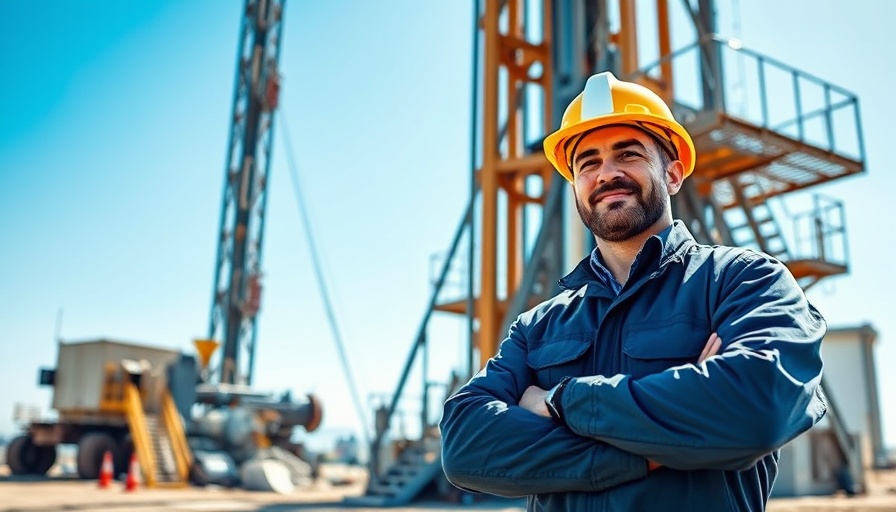
How to Keep Your Holidays Green and Bright
The holiday season is often a time of joy, camaraderie, and celebration, but it can also mean a spike in energy consumption. As temperatures dip, heating and decorative lighting can lead to jolting electricity bills. Fortunately, there are numerous creative and free methods to save energy during the holidays. Here are some tips to keep your home joyful and sustainable without compromising your holiday spirit.
Switch to LED Lights for Efficiency
One of the simplest switches you can make is to replace traditional incandescent bulbs with LED lights. Not only do LED lights use up to 75% less energy, but they also last far longer—up to 25 times. Think of it this way: you can have the holiday cheer without the hefty electricity cost. Plus, modern LEDs come in a variety of beautiful colors and tones, ensuring they fulfill all your festive decorating needs.
Use Timers to Maximize Savings
Leaving holiday lights on throughout the night is convenient, but it can inflate your energy bill. Instead, invest in timers for your decorations. With a simple setup, you can ensure that your lights turn on and off at designated times, perfectly synchronized with your evening festivities. Many newer models even allow you to customize settings directly from your smartphone, ensuring your decor looks great while keeping energy usage in check.
Consider Solar-Powered Decorations
Ever thought of decorating your home without relying on the grid? Solar-powered holiday lights harness sunlight during the day and illuminate your property at night. They are not only environmentally friendly but also provide an innovative lighting option that can free up resources elsewhere.
Reduce Excessive Lighting
When it comes to holiday lighting, less can indeed be more. Focus on key architectural features of your home rather than saturating your landscape with lights. This approach conserves energy while creating a tasteful display. Moreover, enhancing your setup with reflective materials can improve illumination while using fewer lights.
Smart Technologies for Enhanced Control
Integrating smart power strips into your lighting setup can mitigate phantom energy draw. These power strips can prevent devices from consuming energy when not in use, making them a savvy option for both indoor and outdoor lighting setups. Smart bulbs can also be programmed to adjust brightness levels and color, allowing you to create the perfect ambiance that is energy-efficient too.
Actionable Insights to Celebrate Sustainably
Ultimately, saving energy during the holiday season is about mindfulness. From switching to LED lights and utilizing timers, to opting for solar decorations and smart technology, every small step contributes to a broader effort in sustainability. Not only will your home remain vibrant and festive, you’ll also be helping protect the environment and your wallet.
If you want to embrace a more sustainable holiday season, now is the time to implement these energy-saving strategies. Share your eco-friendly tips with friends and family, and encourage them to join the festive energy-saving movement. Together, we can ensure that the spirit of the holidays shines brightly for years to come.
 Add Row
Add Row  Add
Add 



Write A Comment